Coloring pages have always been a beloved activity for children, offering them a creative outlet and a chance to engage in imaginative play. Among the many themes available, bee coloring pages hold a special place, combining fun with educational value. In this blog post, we’ll explore the world of bee coloring pages, discuss who can enjoy these pages, and share fascinating facts about bees that can add an educational twist to the coloring experience.
Introduction
Bees are not only essential pollinators but also intriguing creatures with unique characteristics. By incorporating bee-themed coloring pages into their activities, children can learn about these fascinating insects while expressing their creativity. Whether you’re a parent looking for educational resources or a teacher seeking engaging classroom activities, bee coloring pages offer a perfect blend of fun and learning.
Why Bee Coloring Pages?
Bee coloring pages provide numerous benefits:
- Educational Value: Kids learn about bees’ roles in nature and their importance in ecosystems.
- Creativity Boost: Coloring enhances fine motor skills and stimulates creativity.
- Fun and Engaging: The cute and playful bee designs capture children’s attention and keep them entertained.
Age Range: Who Can Enjoy These Coloring Pages?
Bee coloring pages are versatile and suitable for various age groups:
Preschoolers (Ages 3-5)
Preschoolers will enjoy simple bee coloring pages with large, clear shapes. These pages help develop their fine motor skills and hand-eye coordination. The cheerful and straightforward designs make it easy for them to stay engaged and have fun while coloring.
Early Elementary (Ages 6-8)
Children in this age group can handle more detailed bee coloring pages. They can practice color within the lines and experiment with different colors and patterns. This age range benefits from the increased complexity of the designs, which provides a greater challenge and encourages more detailed artistic expression.
Late Elementary (Ages 9-12)
Older kids will appreciate intricate bee coloring pages that include more complex designs and patterns. These pages offer an opportunity for more advanced coloring techniques and can even be used to spark interest in learning more about bees and their environment.
Facts About Bee Creatures
Learning about bees can be as fascinating as coloring them. Here are some intriguing facts about bees that can enhance the educational experience:
- Pollinators: Bees play a crucial role in pollinating plants, which helps in the production of fruits and vegetables.
- Variety of Species: There are over 20,000 species of bees worldwide, each with unique behaviors and adaptations.
- Hive Life: Bees live in colonies or hives that consist of a queen, workers, and drones. Each bee has a specific role within the hive.
- Honey Production: Honeybees produce honey from the nectar of flowers. This honey serves as food for the colony and has been used by humans for thousands of years.
- Wing Beats: Bees beat their wings approximately 11,000 times per minute, which helps them stay airborne and fly efficiently.
- Communication: Bees use a special “waggle dance” to communicate with other bees about the location of food sources.
- Declining Populations: Many bee species are facing threats due to habitat loss, pesticides, and climate change, making conservation efforts crucial.
Incorporating these facts into discussions while children color can provide an educational component that makes the activity even more enriching.
Coloring pages featuring bees not only engage children but also serve as a gateway to learning about these vital creatures. By providing a range of designs suitable for different ages and integrating interesting facts, bee coloring pages can turn a simple activity into a fun and informative experience.
Explore 58 Bee Coloring Pages For Kids
Bee Coloring Page 1 for Kids
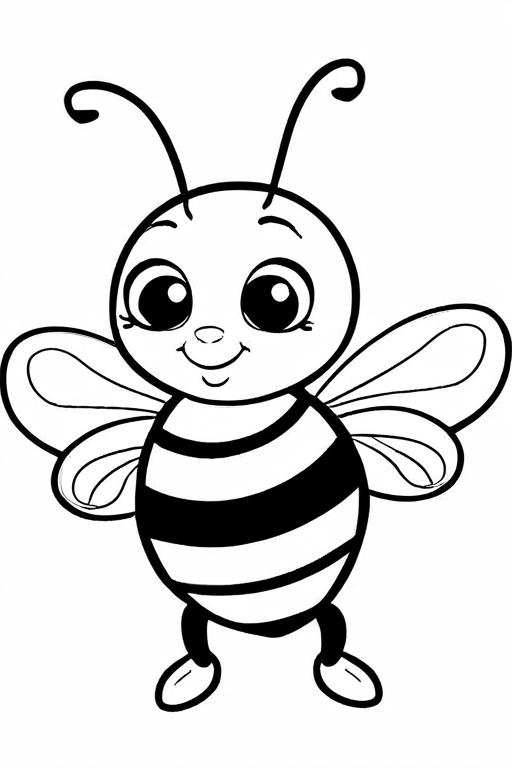
Bee Coloring Page 2 for Kids
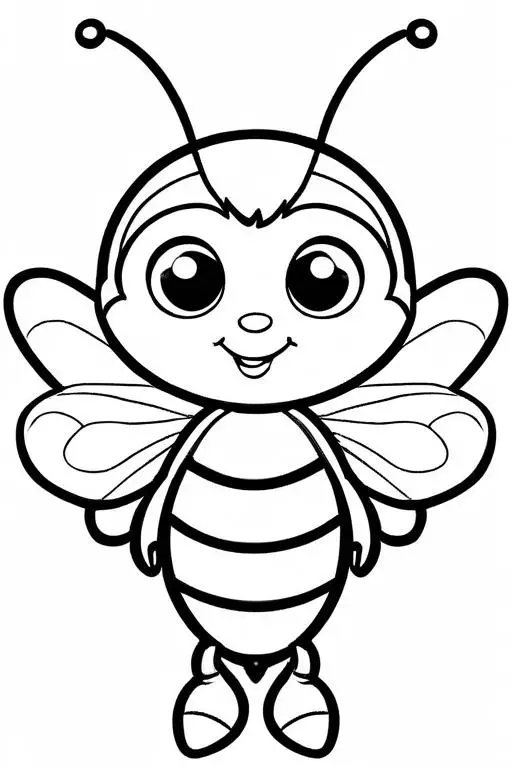
Bee Coloring Page 3 for Kids
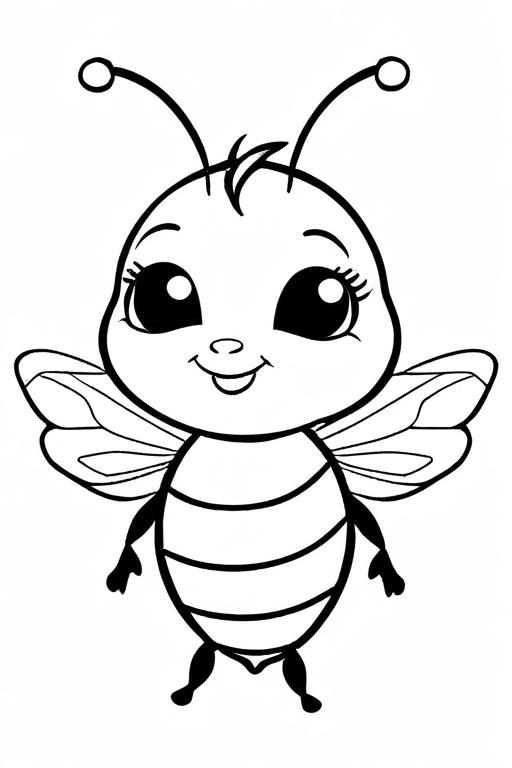
Bee Coloring Page 4 for Kids
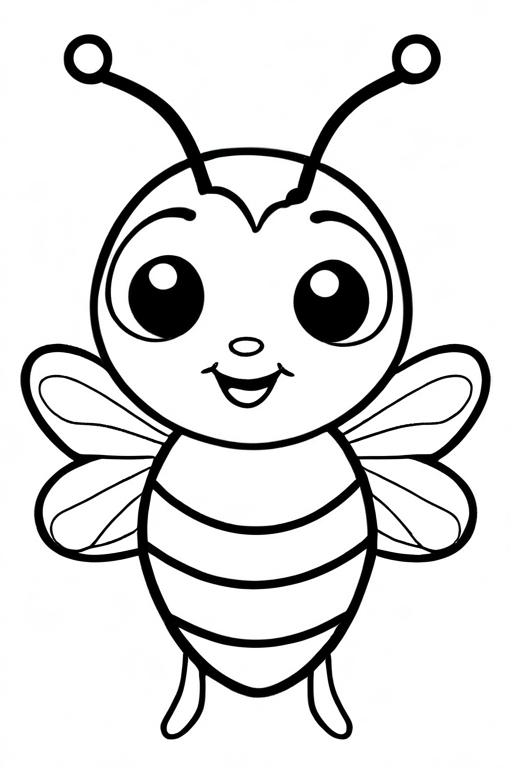
Bee Coloring Page 5 for Kids

Bee Coloring Page 6 for Kids
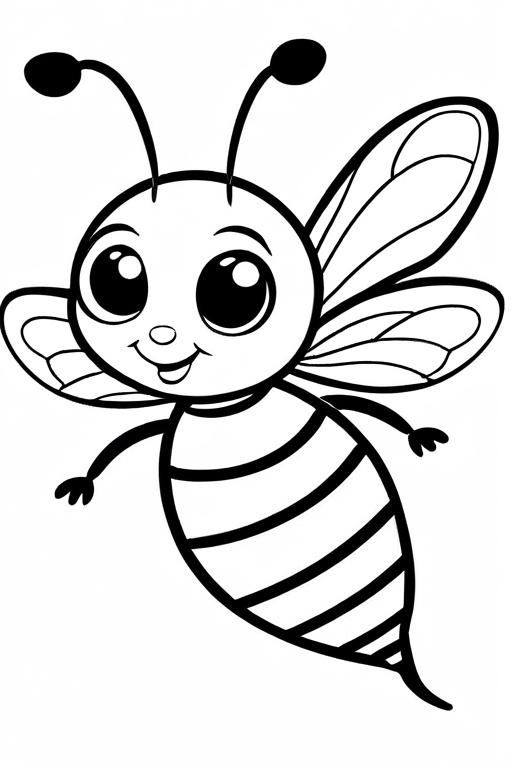
Bee Coloring Page 7 for Kids
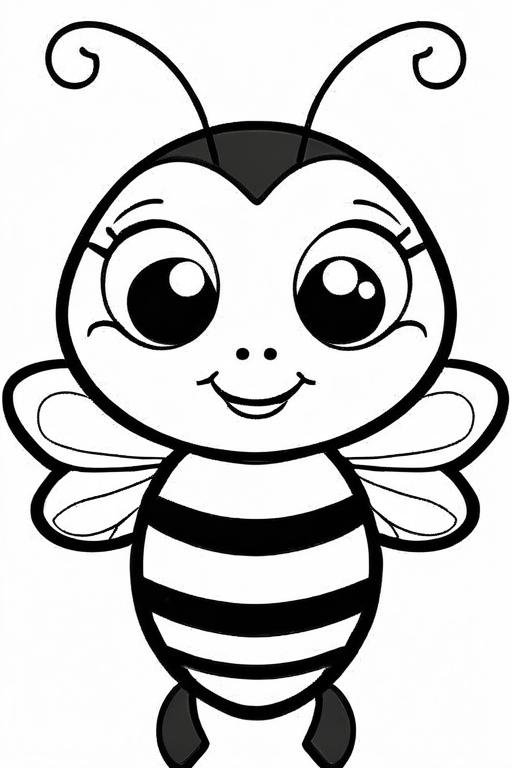
Bee Coloring Page 8 for Kids
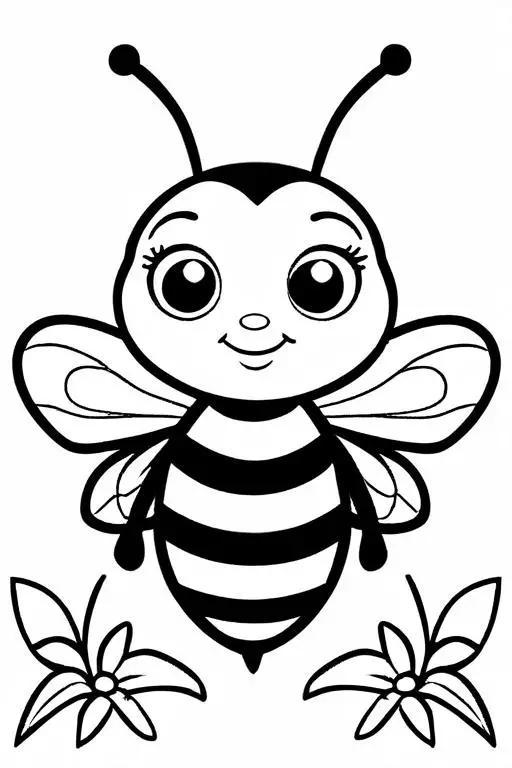
Bee Coloring Page 9 for Kids
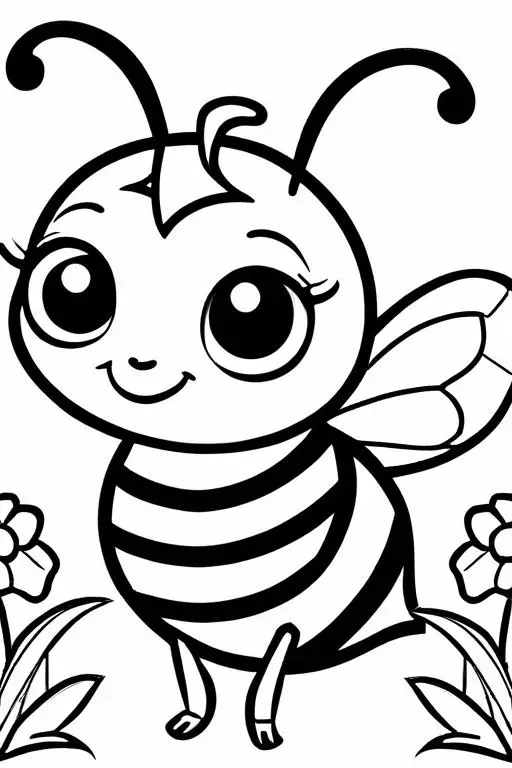
Bee Coloring Page 10 for Kids
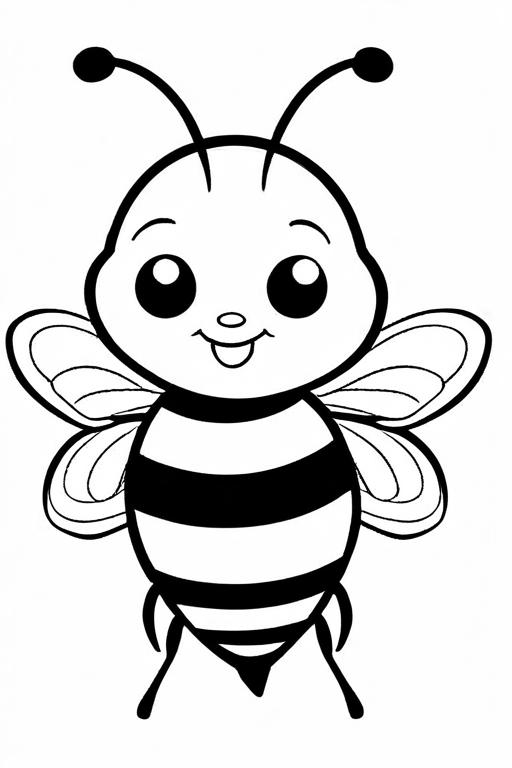
Bee Coloring Page 11 for Kids
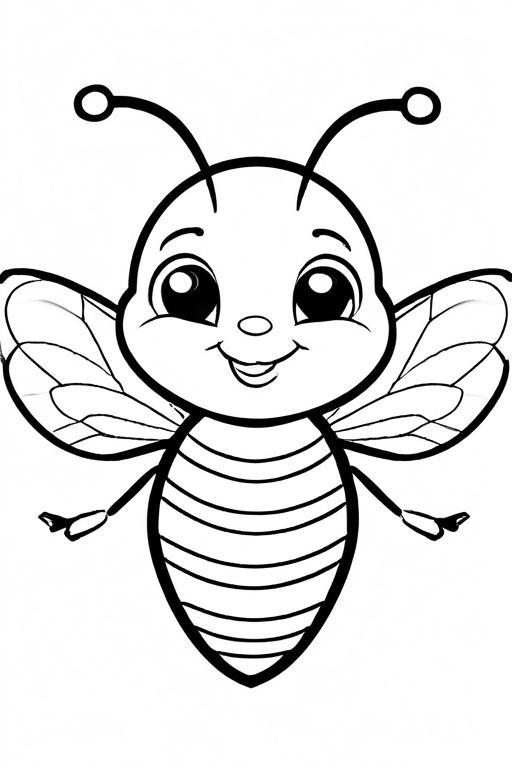
Bee Coloring Page 12 for Kids

Bee Coloring Page 13 for Kids
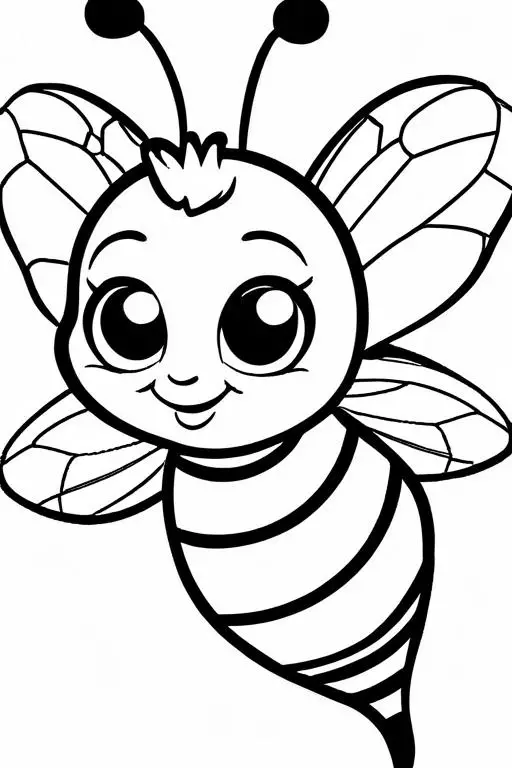
Bee Coloring Page 14 for Kids
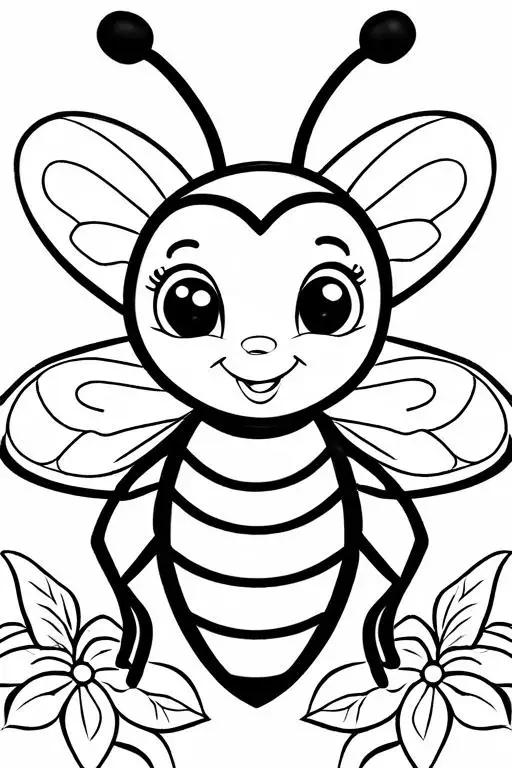
Bee Coloring Page 15 for Kids
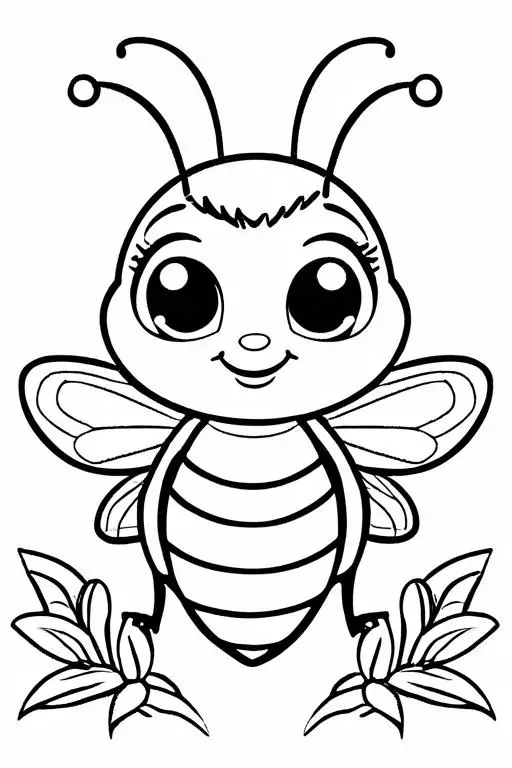
Bee Coloring Page 16 for Kids
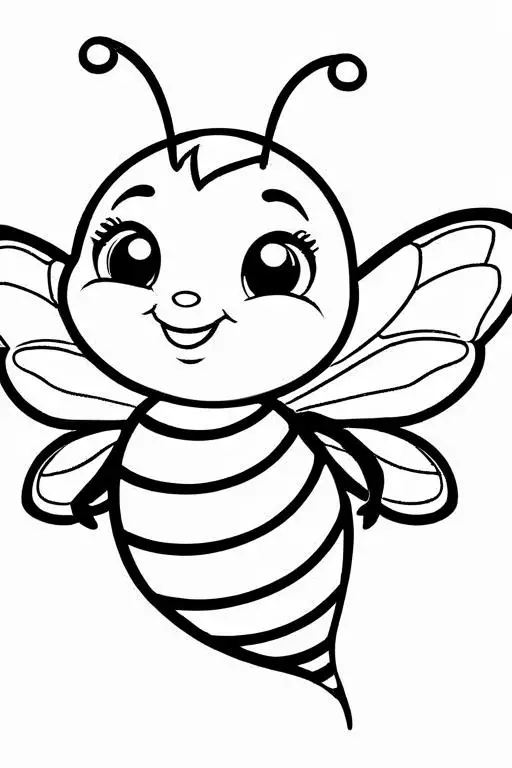
Bee Coloring Page 17 for Kids
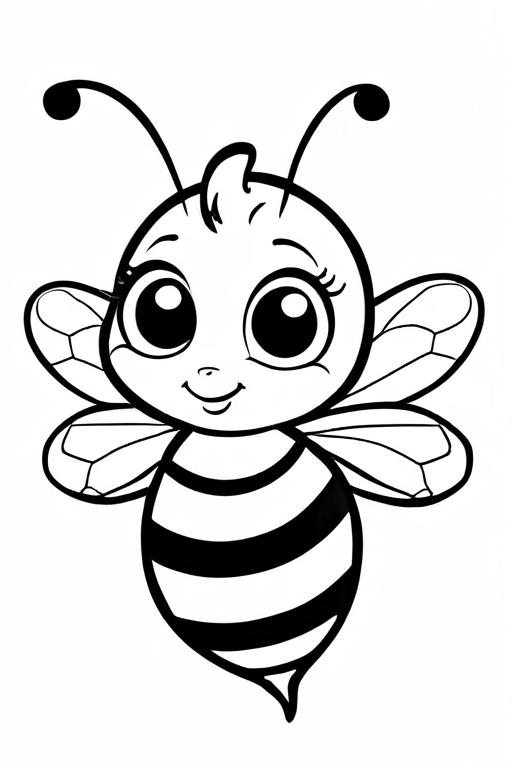
Bee Coloring Page 18 for Kids
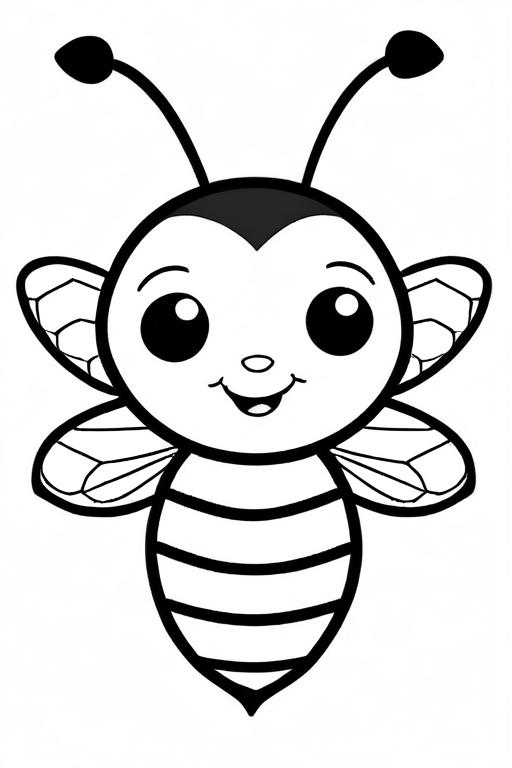
Bee Coloring Page 19 for Kids
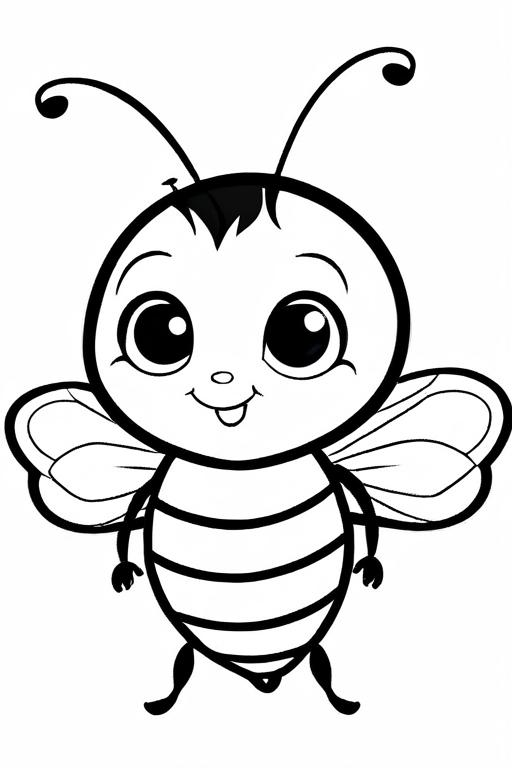
Bee Coloring Page 20 for Kids
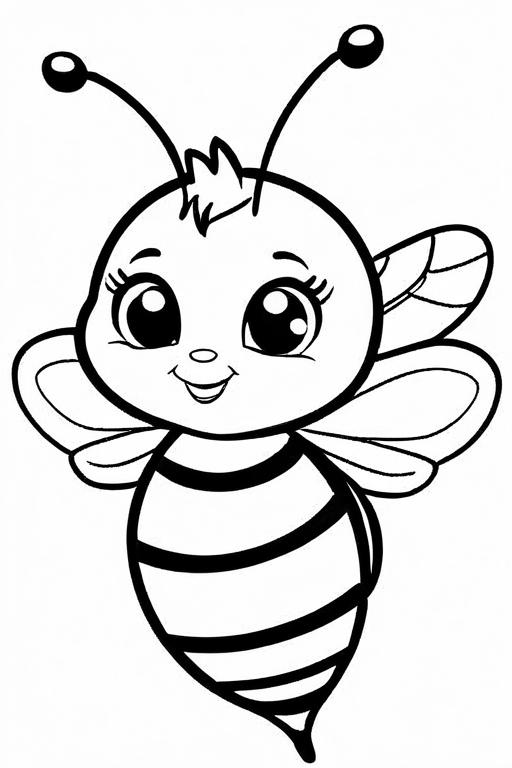
Bee Coloring Page 21 for Kids
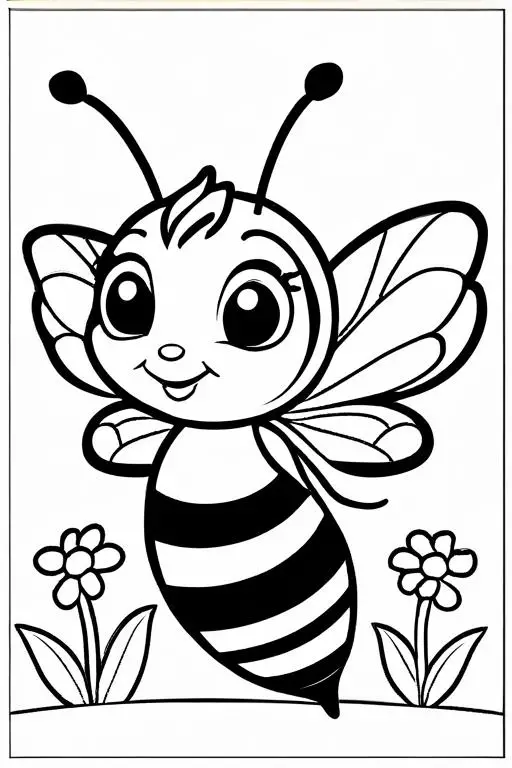
Bee Coloring Page 22 for Kids
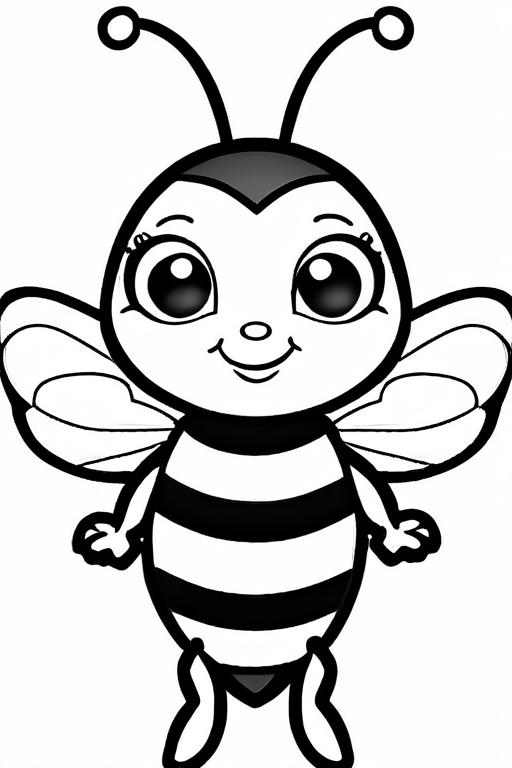
Bee Coloring Page 23 for Kids
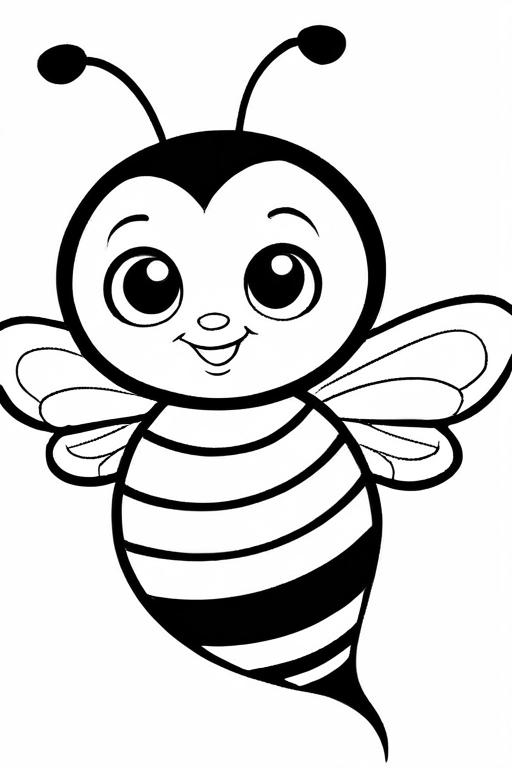
Bee Coloring Page 24 for Kids
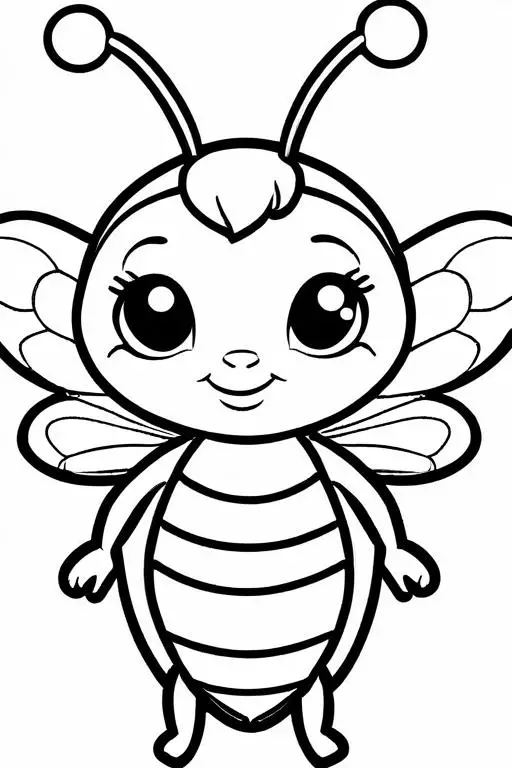
Bee Coloring Page 25 for Kids
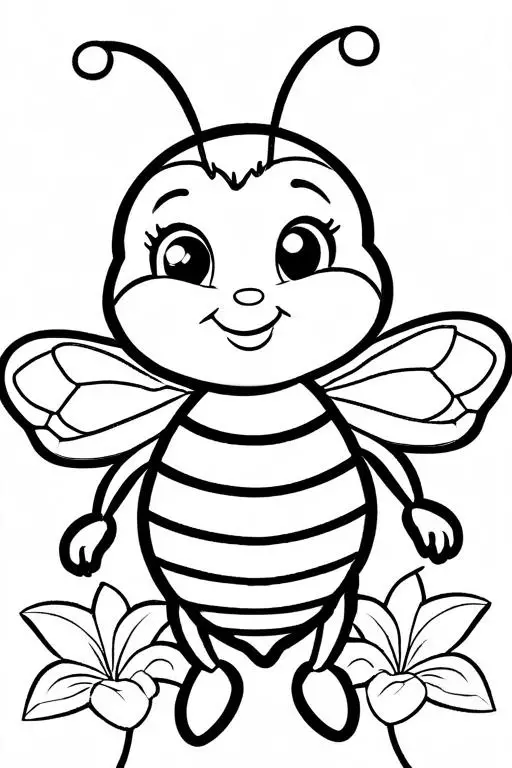
Bee Coloring Page 26 for Kids
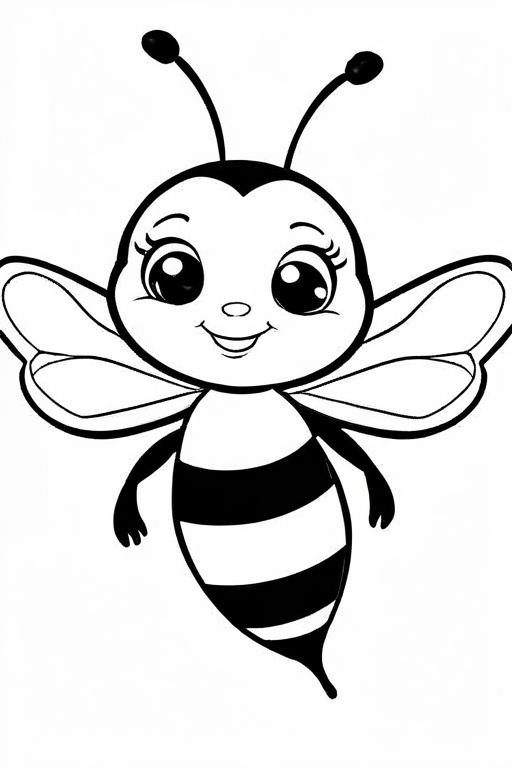
Bee Coloring Page 27 for Kids
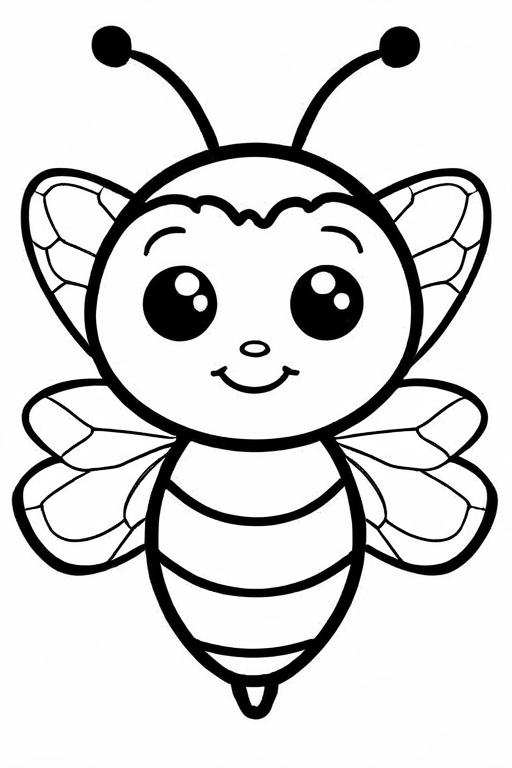
Bee Coloring Page 28 for Kids
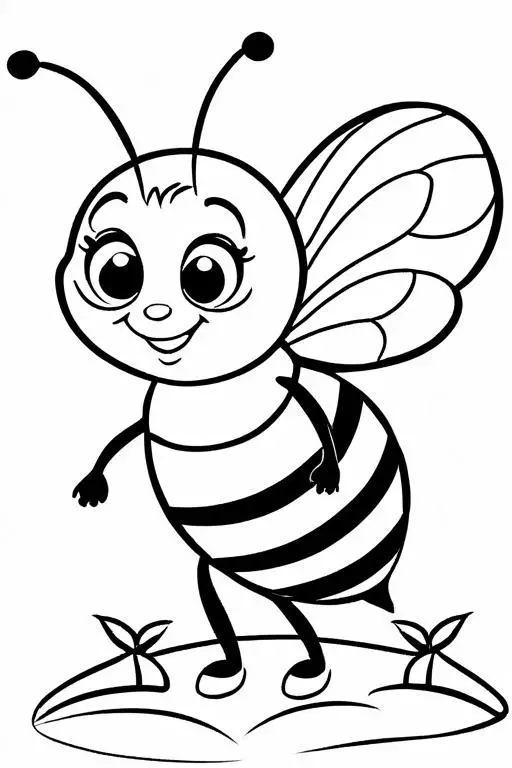
Bee Coloring Page 29 for Kids
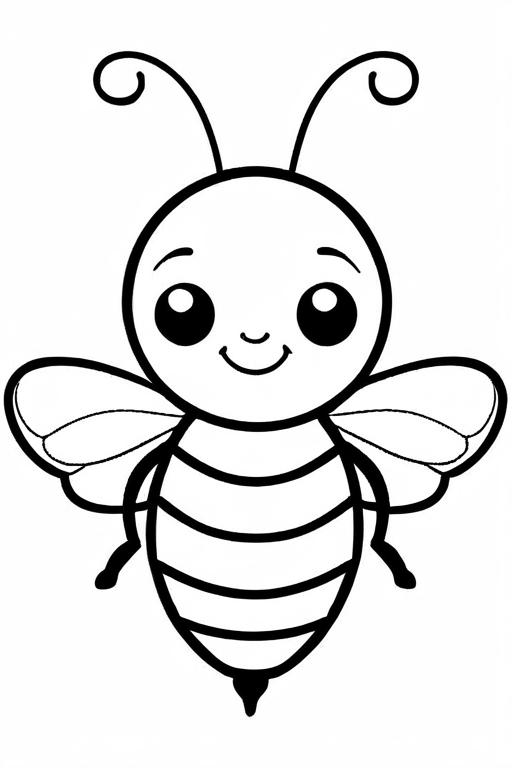
Bee Coloring Page 30 for Kids
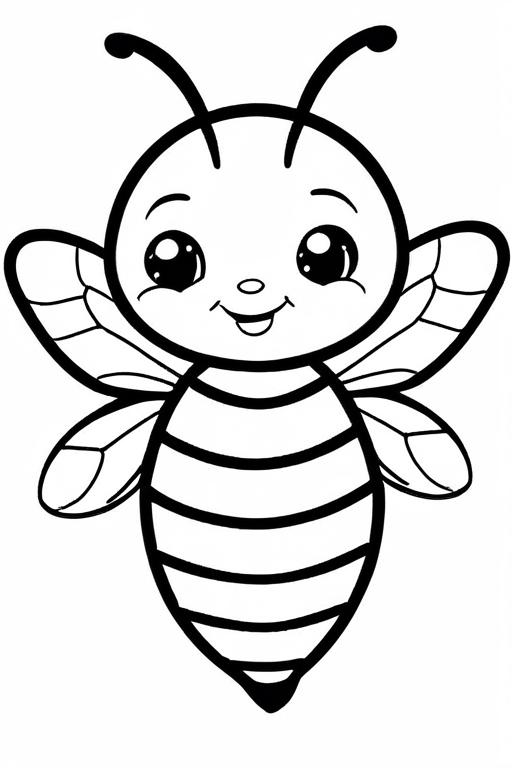
Bee Coloring Page 31 for Kids
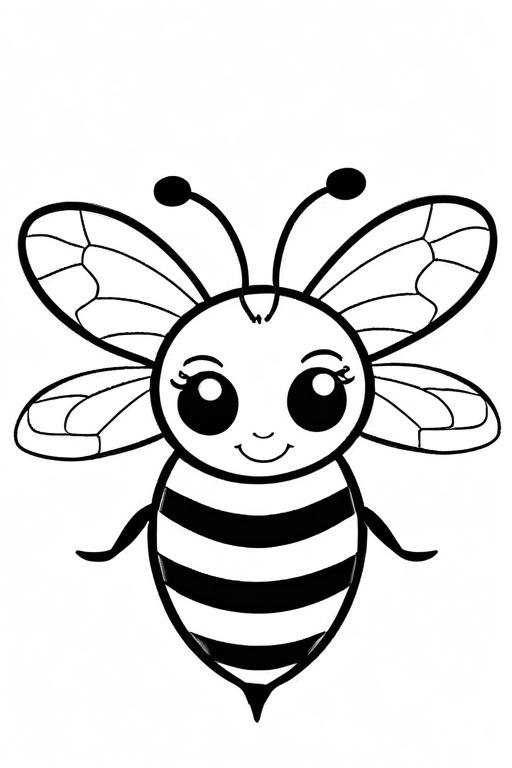
Bee Coloring Page 32 for Kids
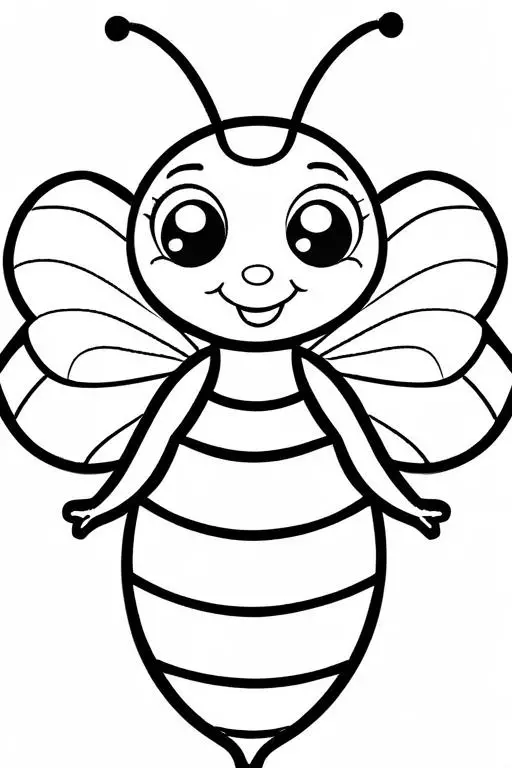
Bee Coloring Page 33 for Kids
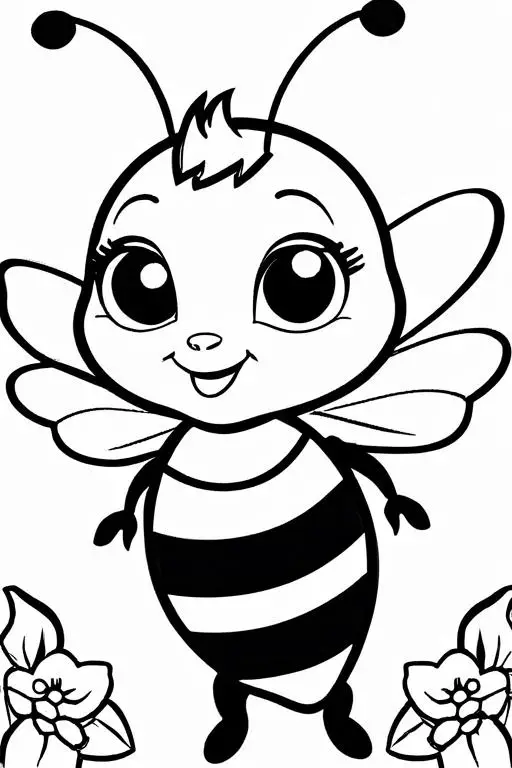
Bee Coloring Page 34 for Kids
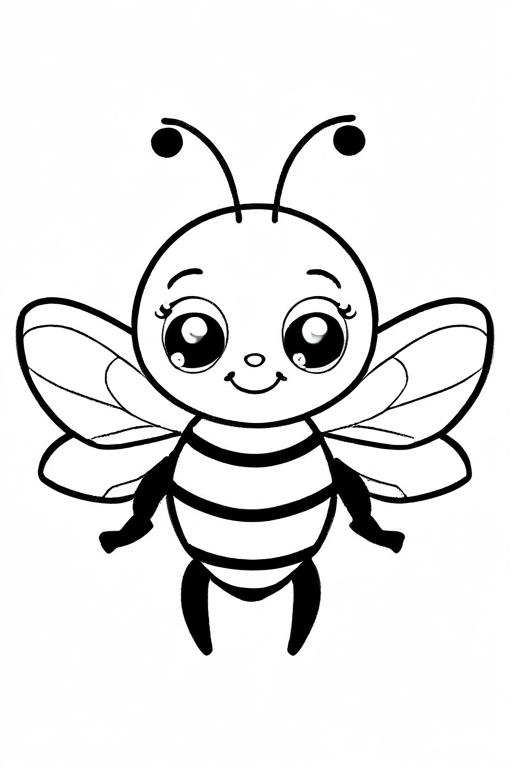
Bee Coloring Page 35 for Kids

Bee Coloring Page 36 for Kids
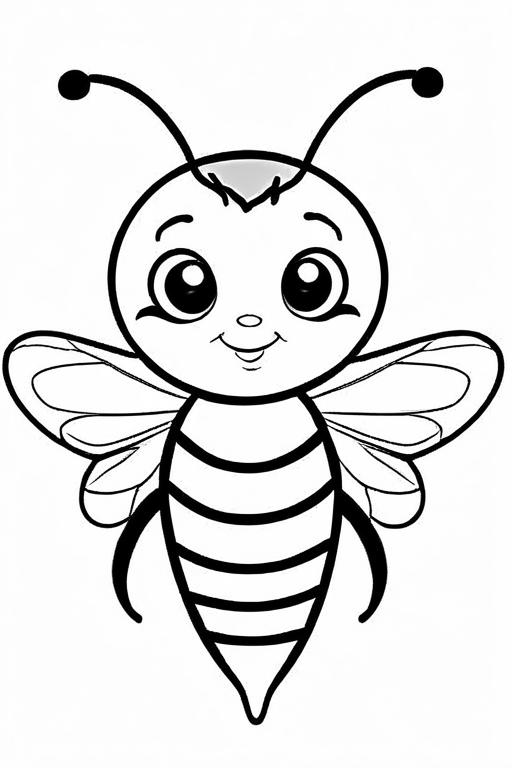
Bee Coloring Page 37 for Kids
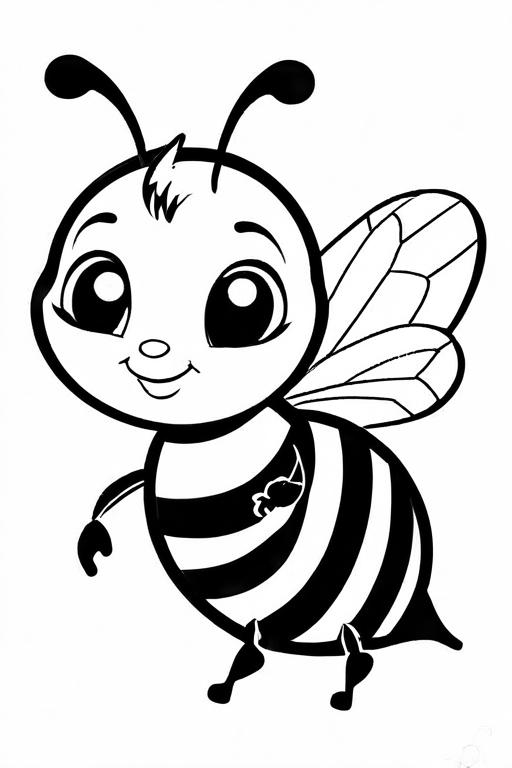
Bee Coloring Page 38 for Kids
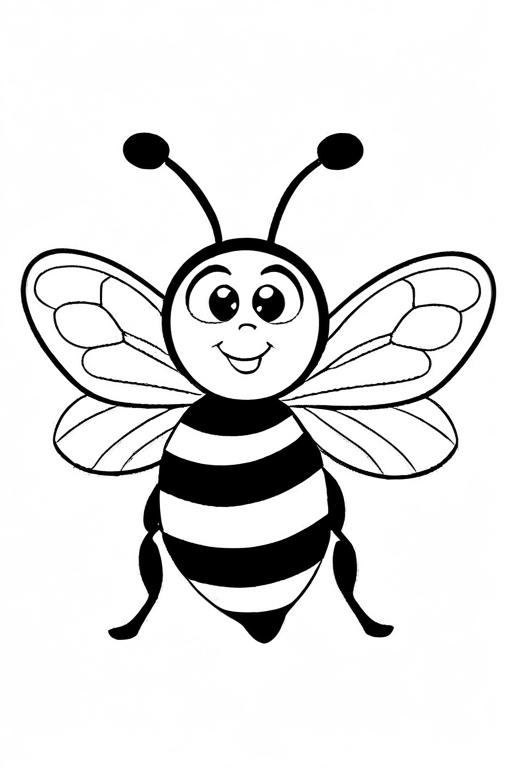
Bee Coloring Page 39 for Kids
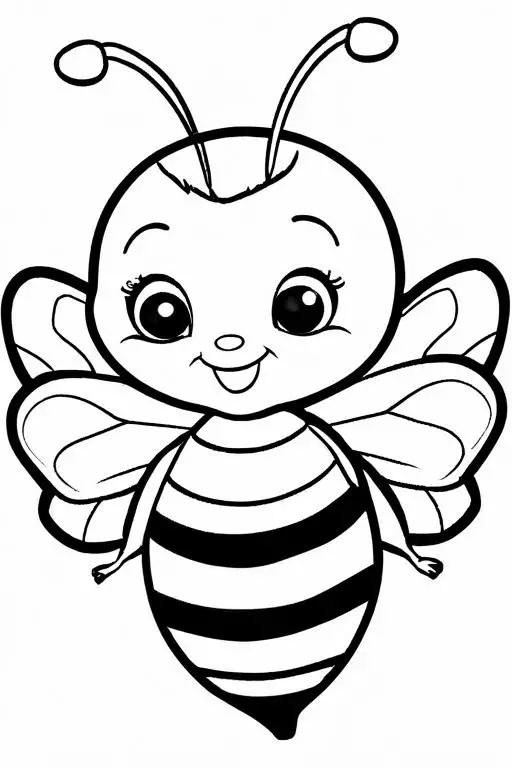
Bee Coloring Page 40 for Kids

Bee Coloring Page 41 for Kids
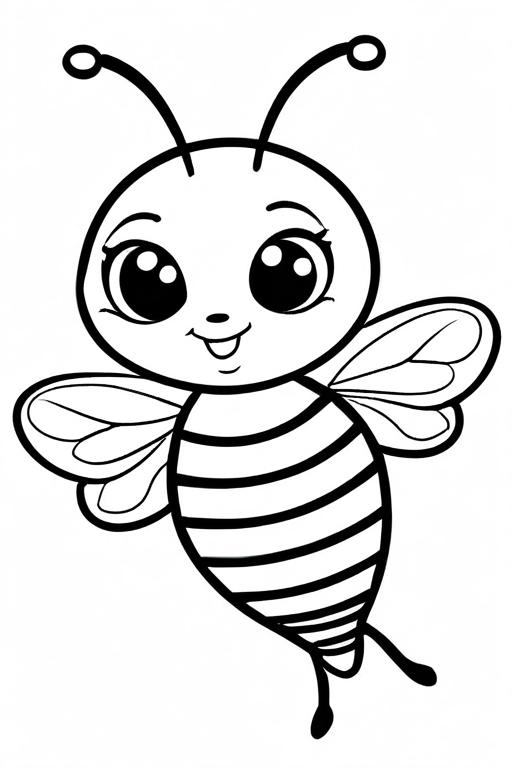
Bee Coloring Page 42 for Kids

Bee Coloring Page 43 for Kids
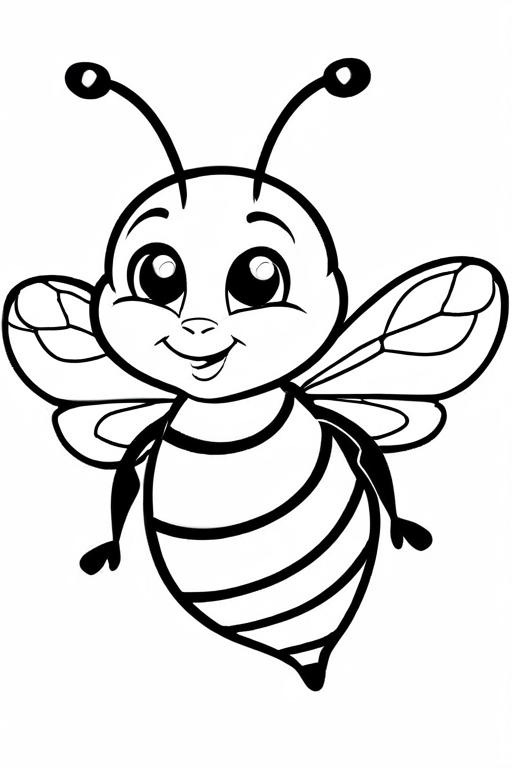
Bee Coloring Page 44 for Kids
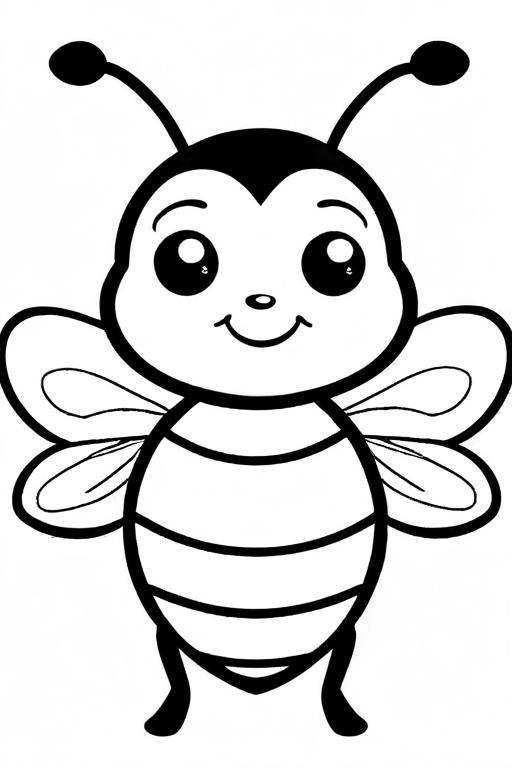
Bee Coloring Page 45 for Kids
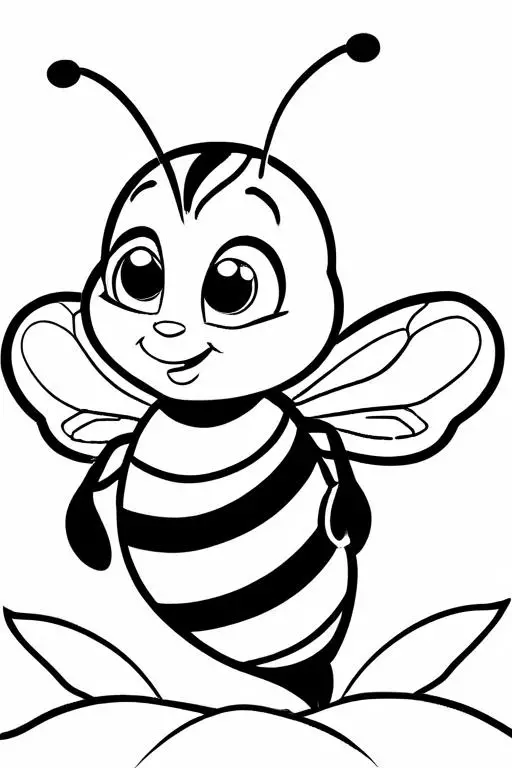
Bee Coloring Page 46 for Kids
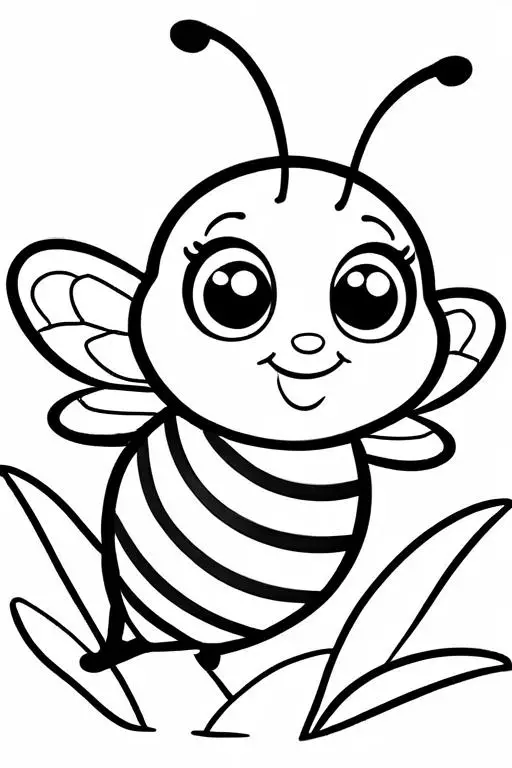
Bee Coloring Page 47 for Kids
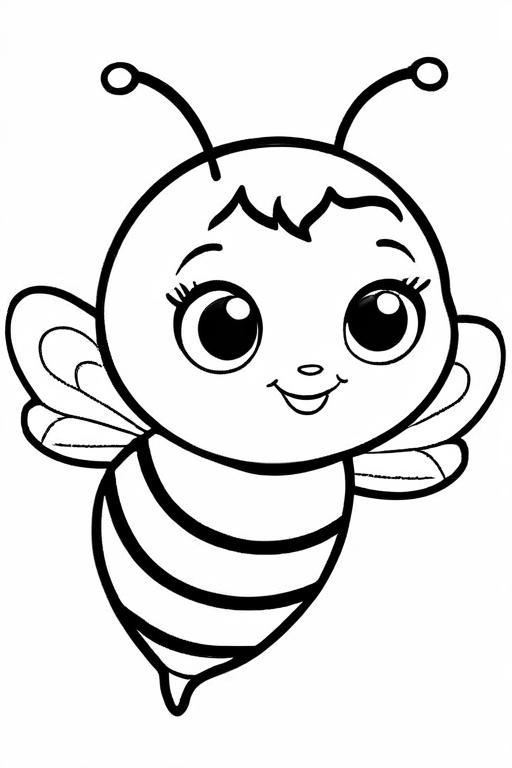
Bee Coloring Page 48 for Kids
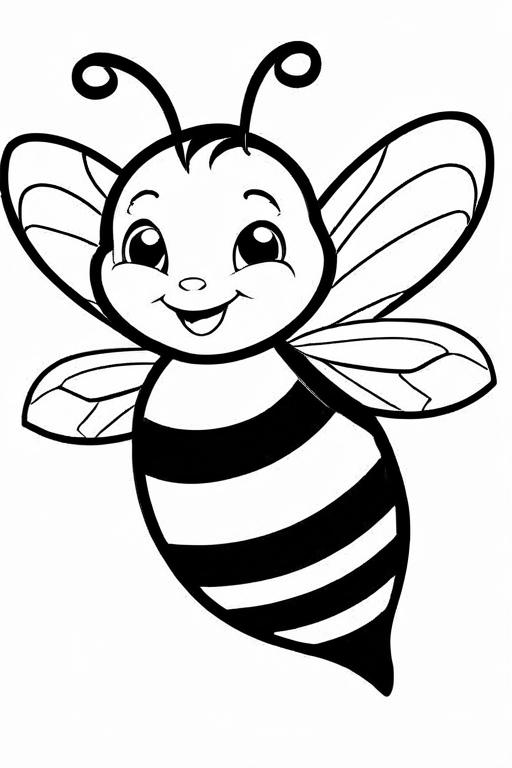
Bee Coloring Page 49 for Kids
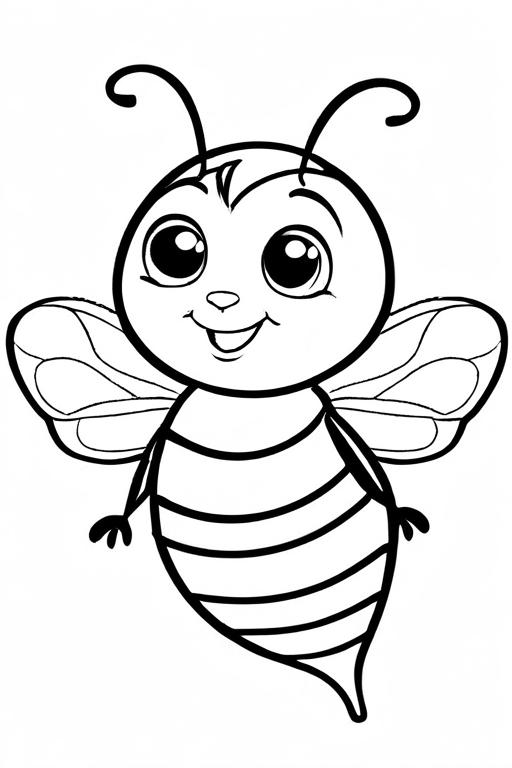
Bee Coloring Page 50 for Kids
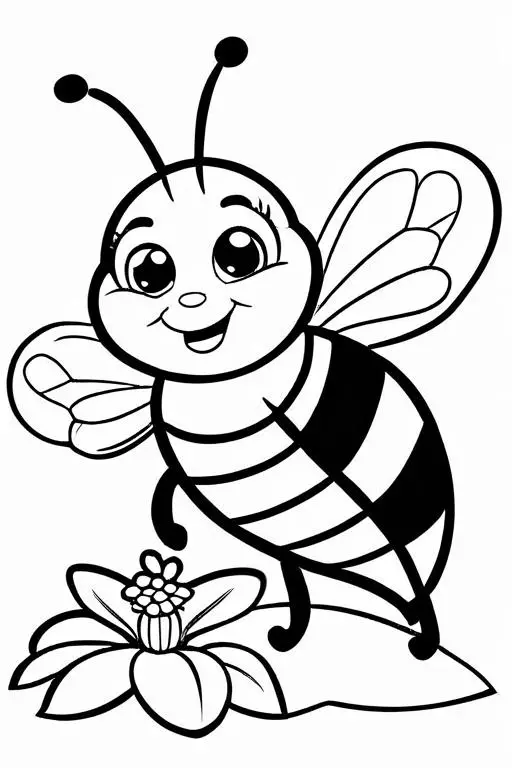
Bee Coloring Page 51 for Kids
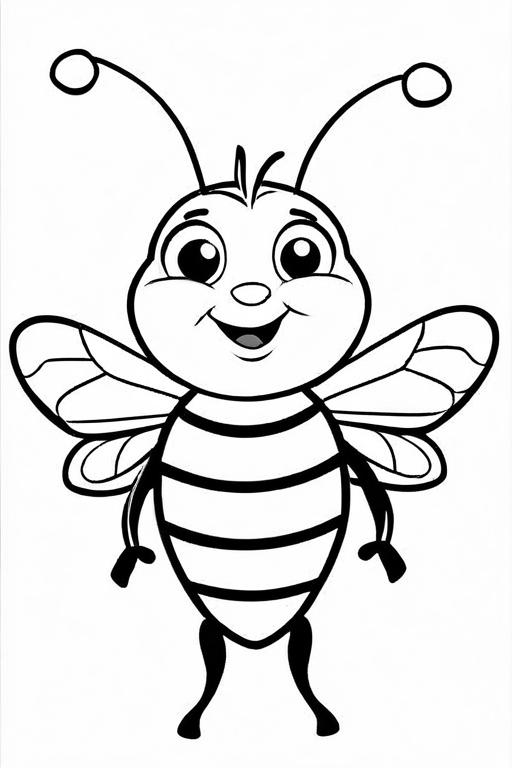
Bee Coloring Page 52 for Kids
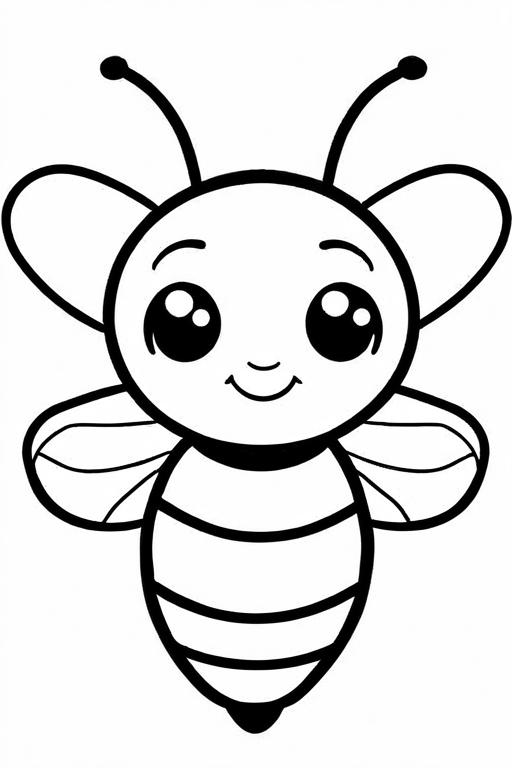
Bee Coloring Page 53 for Kids
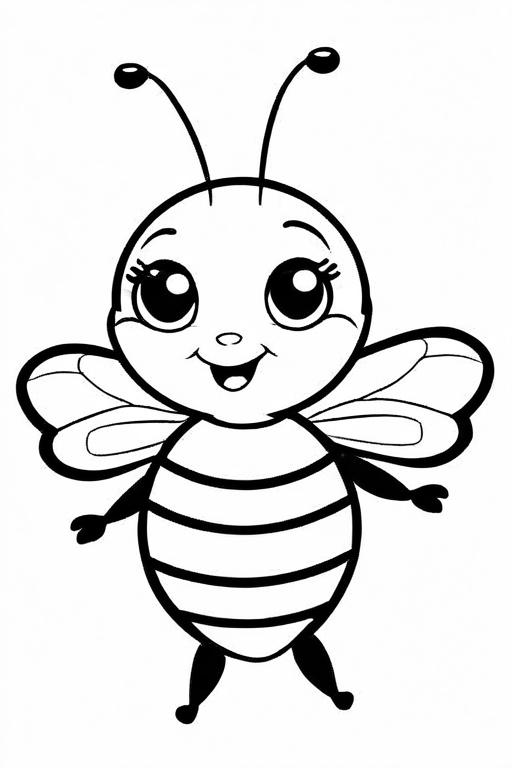
Bee Coloring Page 54 for Kids
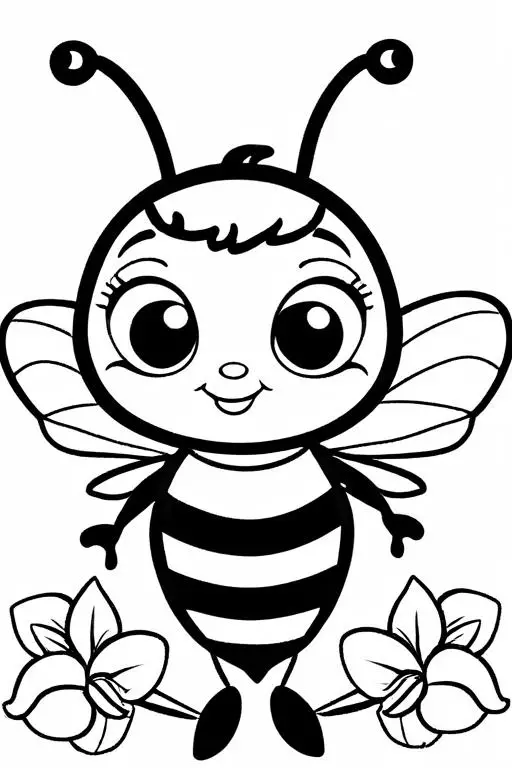
Bee Coloring Page 55 for Kids
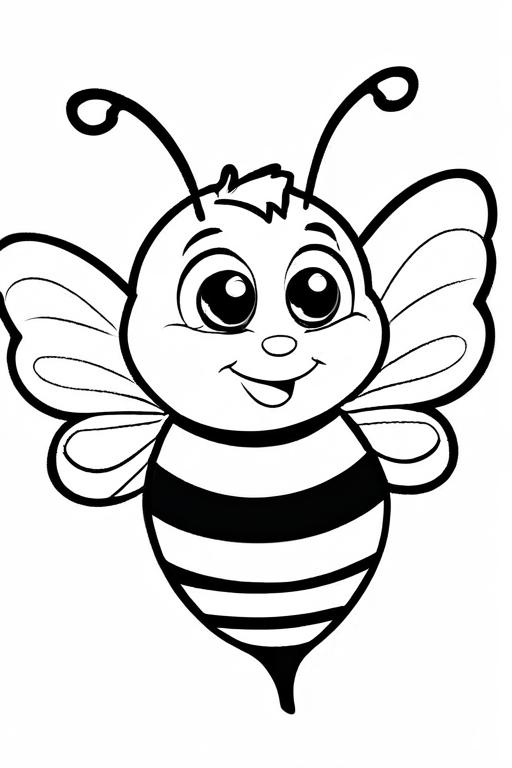
Bee Coloring Page 56 for Kids
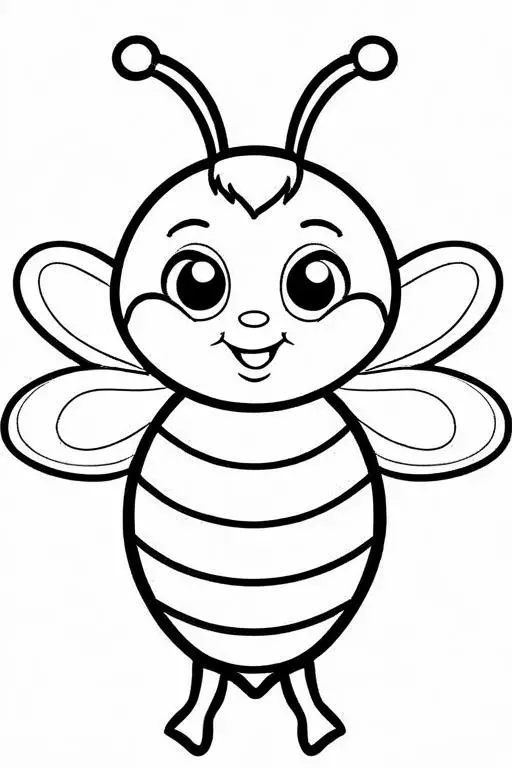
Bee Coloring Page 57 for Kids
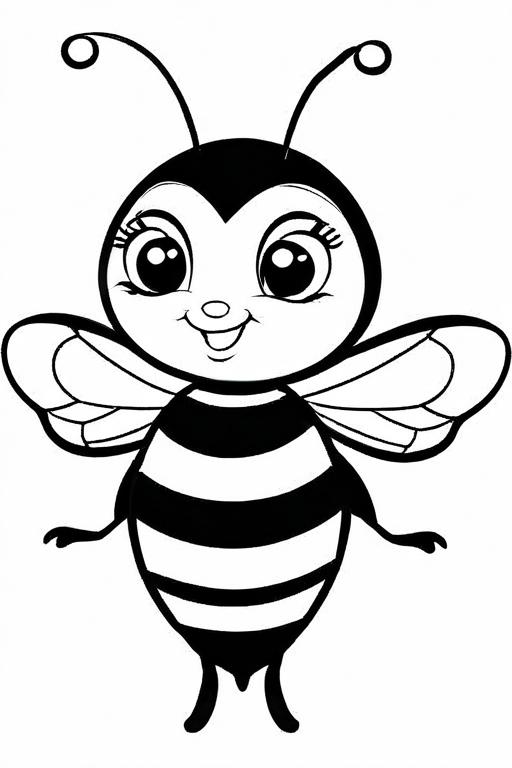
Bee Coloring Page 58 for Kids
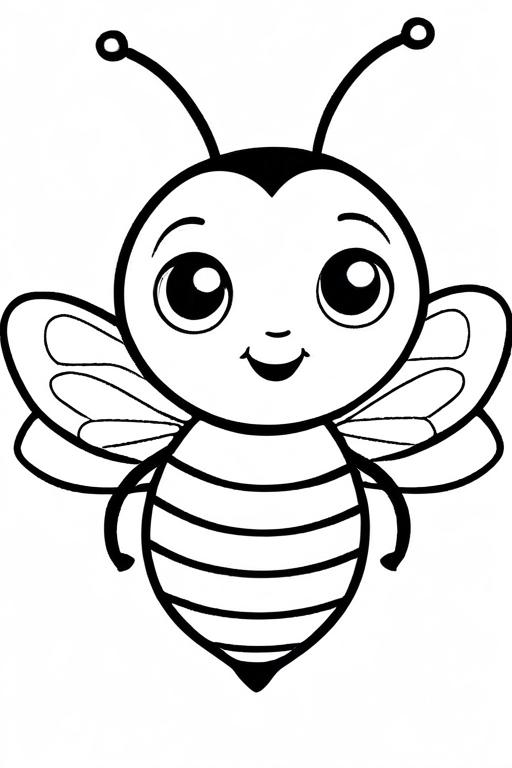

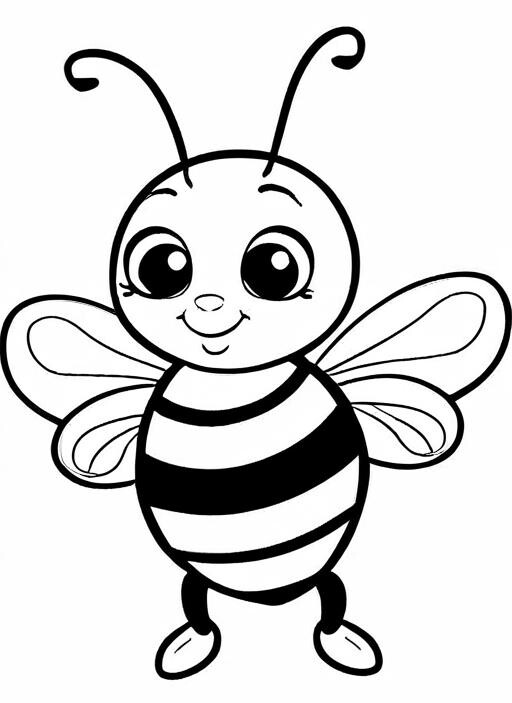
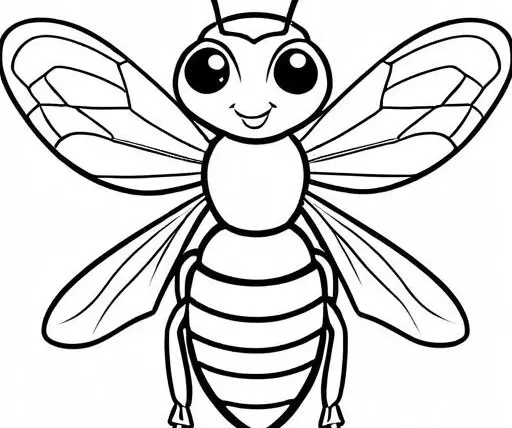
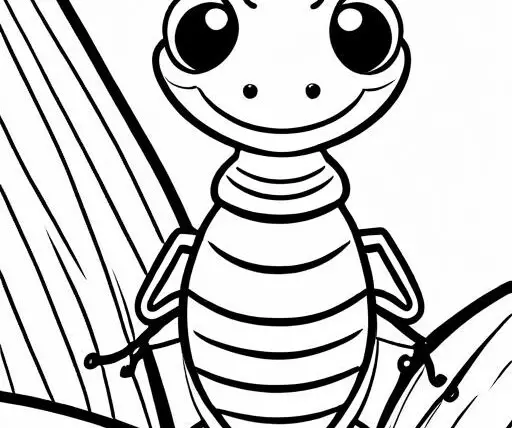
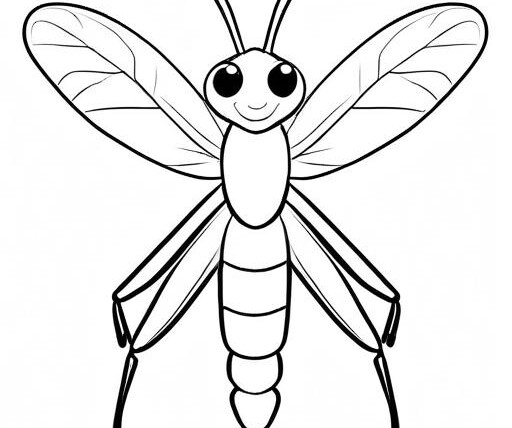
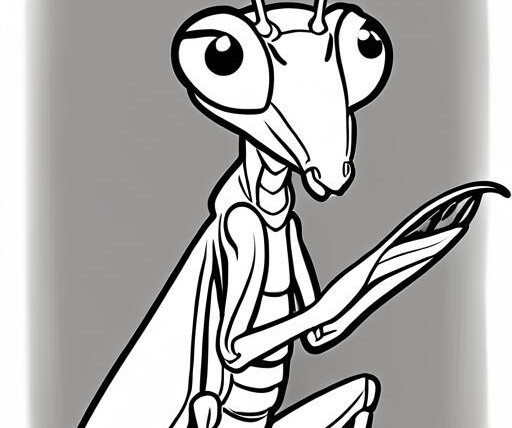
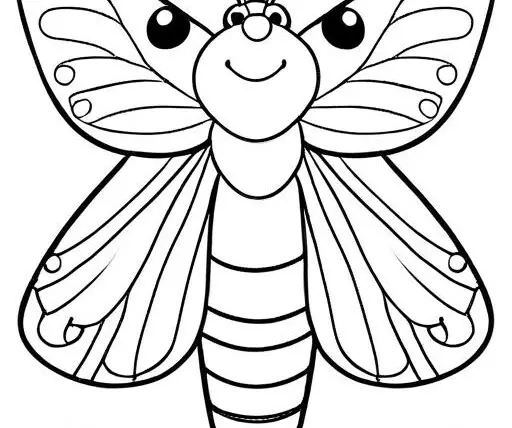
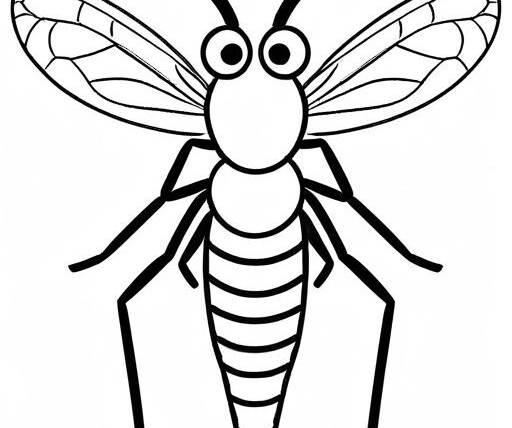
Maze Rampage Kids Activity Books: Unlock Fun and Learning for Toddlers and Preschoolers!
Engage Your Creative Mind with 2,500+ Free Adult Coloring Pages
100 Wasp Coloring Pages For Kids
48 Termite Coloring Pages For Kids